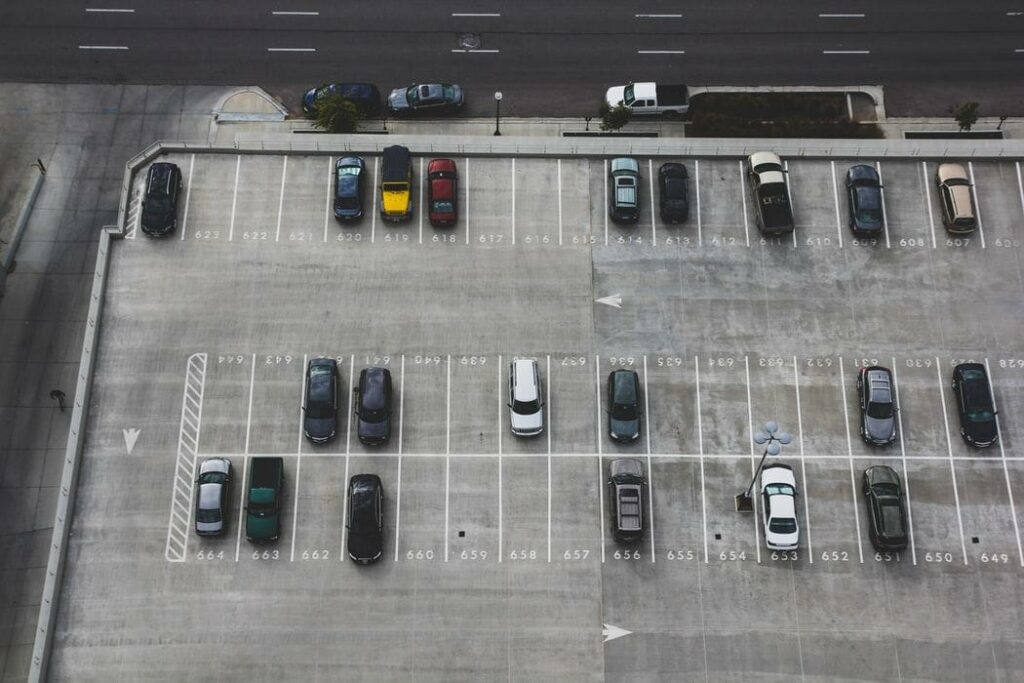
Receiving a disabled parking permit can be a confusing task. For those individuals living in the United States, laws can vary from state to state. Even cities can have various rules and regulations about disabled parking permits. If you’re looking to obtain a disabled parking permit for the state of Nevada, this article is for you. Here is a helpful guide to provide clarity:
Do You Qualify?
Nevada has its own set of regulations to legally own a disabled parking permit. It’s imperative that you understand each qualification and if you meet the criteria required. You need to meet at least one of the predefined qualifications. This is the first step in obtaining your disabled parking permit. Here are the prerequisites:
- You cannot walk two hundred feet without stopping to rest.
- You are visually handicapped.
- You use portable oxygen.
- You are restricted by lung disease.
- You cannot walk without the use of a cane, wheelchair, crutch, brace, or other devices, or another person.
- You have a cardiac condition to the extent that functional limitations are classified as a Class III or Class IV according to standards adopted by the American Heart Association
What are the functional limitations standards adopted by the American Heart Association?
The last prerequisite is about the American Heart Association’s Functional Capacity classifications. A person with cardiac disease may have their capacity for physical activity limited. Here is the Association’s definition’s for Class III and Class IV functional limitations:
- Class III – Patients marked as Class III are with cardiac disease resulting in marked limitation of physical activity. They are comfortable at rest. And, less than ordinary activity causes fatigue, palpitation, dyspnea, or anginal pain.
- Class IV – Patients marked as Class IV are with cardiac disease resulting in an inability to carry on any physical activity without discomfort. Symptoms of heart failure or the anginal syndrome may be present even at rest. And, if any physical activity is undertaken, discomfort is increased.
Obtain Your Application
In Nevada, first-time applications for disabled parking license plates, motorcycle, or moped license plates must be made in person. You must have your name appear on the vehicle certificate of registration and be able to provide your current Nevada evidence of insurance. You must also have a permanent disability to qualify for the disabled persons’ license plates.
If you’re just interested in a temporary placard (for those with a reversible disability), it does not need to be in person and you do not have to have a permanent disability to qualify.
Either way, make sure to pick up your application so you can have a physician fill out the bottom of. Which brings us to our next step.
Have A Physician or Nurse Certify Your Condition
This next step in the process is arguably the most important in obtaining a disabled parking permit. In Nevada, you must have either a licensed physician, advanced practice registered nurse, or a physician’s assistant complete your form.
Whoever you choose to fill out your disabled parking permit application will check off which prerequisites you meet so you can obtain your disabled parking permit.
Send Or Drop Off Your Documents
If this is your first time applying for a disabled parking license plate, you must turn in your application in-person. The form can be dropped off at any DMV full-service office.
If you’re not a first-time applicant for license plates, you can mail, fax, or drop off your application. The form can be mailed to the address listed on it, faxed to (775) 684-4797, or, just like with the license plates, you can drop the form off at any DMV full-service office.
What To Do When You Receive Your Disabled Parking Permit
Have you just received your disabled parking permit? Great! However, there are rules and regulations to be able to properly receive the benefits of your new permit. Make sure you have a permanent placard if you require one. A temporary disabled parking permit may be issued if you have a reversible disability.
If you’ve been given a temporary permit but need a permanent one, check with your local DMV about your application.
The state of Nevada also issues authorization letters to those who hold a disabled parking permit. This authorization letter must be kept in your vehicle at all times when you’re using your disabled parking permit.
Also, make sure that your placard is hanging in your rear-view mirrors at all times when you’re not driving. It must be visible at all times when parked. Make sure to take the placard off your rear-view mirror when you are driving. If you leave the placard visible while driving, it could count as an obstruction. The dashboard is another good place to keep your placard to ensure it’s always visible.
Renewing Your Disabled Parking Permit
Temporary or Moderate Placards/Stickers
If you have a temporary or moderate placard/sticker, you will not receive an automatic renewal reminder. If you’d like to renew your documents, you must fill out another application. That also means another trip to your physician or nurse to complete the physician’s certification again.
Permanent Placards
If you have a permanent placard you will be mailed a reminder notice as you near the ten-year expiration date. A new signature isn’t required but you do need to return the notice or complete and return the top portion of the application
Licensed Plates
You do not need to fill out another application or retrieve another medical signature for license plate renewals as they are given if you’re listed as permanently disabled in DMV records. However, you do need to renew the vehicle registration annually.
Conclusion
This guide is designed to help you receive your disabled parking permit in Nevada. It also guides you through the steps to ensure you’re using it correctly. Always keep your disabled parking permit visible. And, remember that it is illegal to use a disabled parking permit if the owner isn’t present.